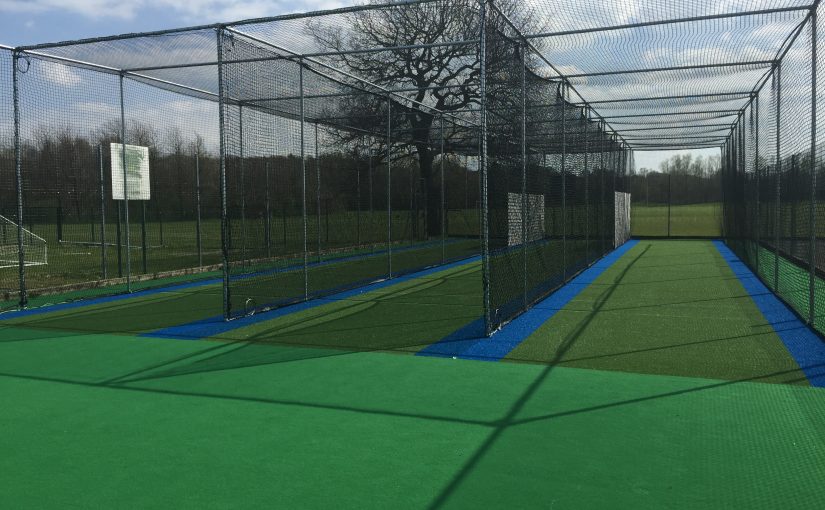Can you breathe life into a used, uncared for cricket wicket?
There are a few laying an artificial cricket wicket blogs in the UK, if you’re searching to acquire more information or perhaps prices this url is a superb kick off point www.artificialgrassmaintenance.co.uk/cricket-pitch-wicket-maintenance-installation.
Every cricketer is aware, the caliber of the playing surface can have a major impact on the way the cricket ball behaves. Wickets that are uneven or pitted might cause the cricket ball to behave inconsistently, pitches that are really hard could make the ball bounce high and very quickly, while wickets which are blanketed in grass is going to minimise how much that a spin bowler can turn the ball.
To be able to standardise the playing surface and offer a wicket that you can use in most circumstances, numerous leisure centres, educational institutions and cricket clubs use synthetic pitches. Although artificial cricket wickets are much more hard wearing than purely natural cricket wickets, they also need frequent routine maintenance to keep them in great condition. Thankfully, even ancient, uncared for cricket wickets can be brought back to life with a little Tender loving care and the most suitable treatment.
Artificial Cricket Wickets
Synthetic cricket wickets may be laid on either a dynamic (stone) or non-dynamic (macadam or concrete) base. The top of the cricket wicket is made of premium quality short pile carpet that is either hardwood edged and nailed or nailed directly into the aggregate. Shock pads can also be installed under the surface of the pitch to ensure the ball bounces correctly and also that the artificial wicket responds exactly the same to the ball every single time, what ever the elements.
Maintaining A Synthetic Pitch
Like most manufactured surfaces, synthetic cricket pitches have to be correctly maintained if they’re to offer the most effective playing wicket all year round. We recommend that anyone having an artificial cricket pitch ought to make use of an annual deep clean regime, level the batting region continuously and use at least one chemical treatment method every six months.
Regardless of frequent repairs and maintenance, cricket pitches may degrade as time passes, shock pads can harden and surface areas may become irregular. When you notice that the bounce of the ball has started to become uneven or that the surface looks tired and worn, it could be time for you to give your artificial wicket a face lift.
